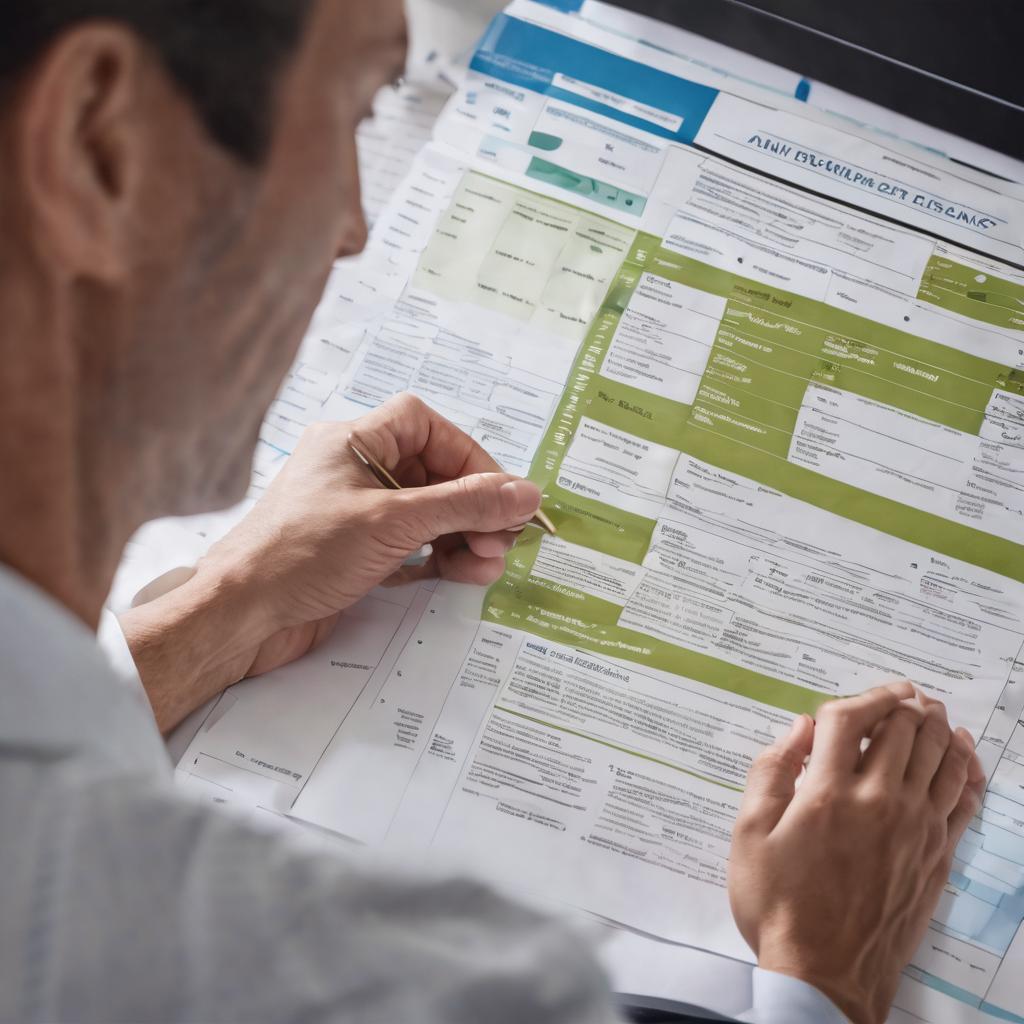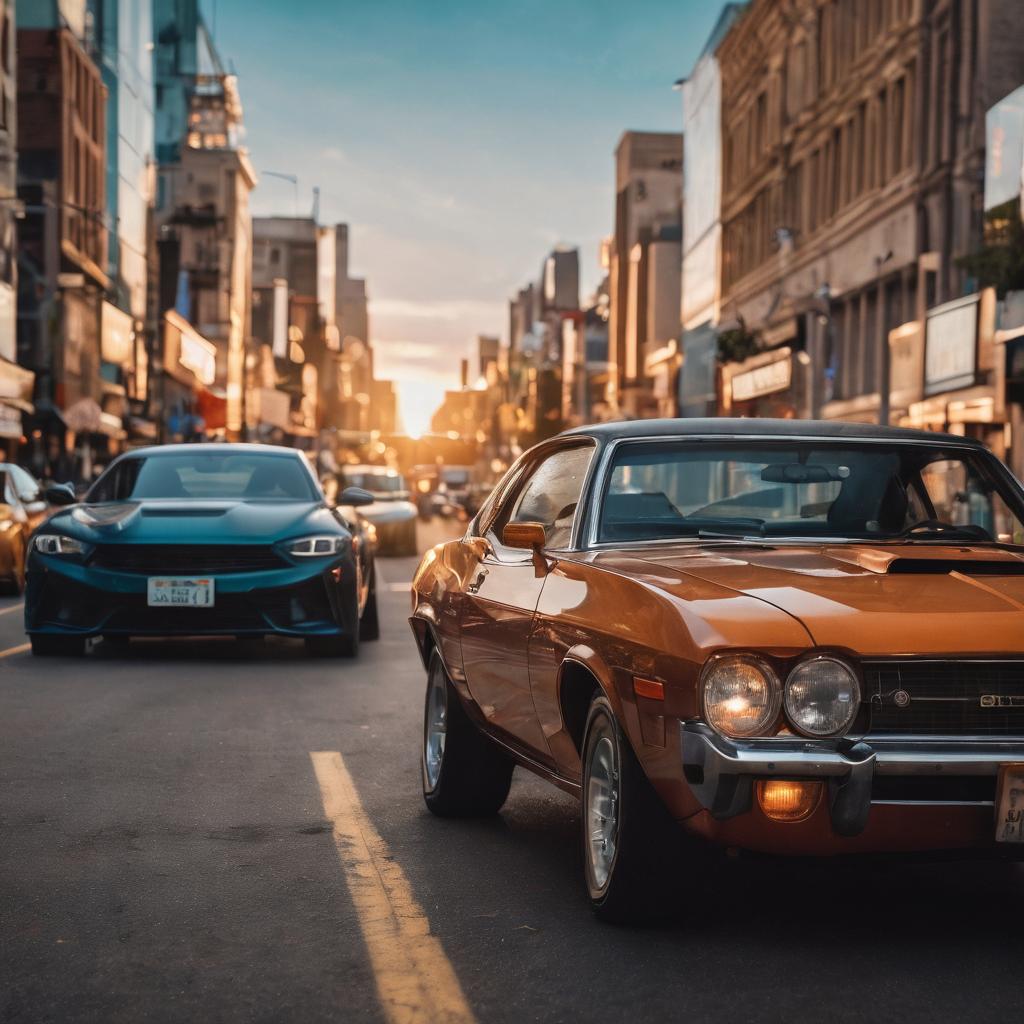How to Lower Your Auto Insurance Premiums Without Sacrificing Coverage

Contents
- 1 Introduction
- 2 Get the right car insurance for your needs.
- 3 Get the right amount of car insurance coverage.
- 4 Compare auto insurance rates and shop around.
- 5 Set up a designated driver.
- 6 Maintain a good driving record.
- 7 Consider a safe-driver discount or program.
- 8 Keep your vehicle in good shape.
- 9 Car owners can lower their premiums while still getting the coverage they need
- 10 Conclusion
Introduction
When you’re shopping for car insurance, it helps to know what factors affect your premium. That way, you can make smart decisions about coverage and avoid paying more than necessary for the same level of protection.
Get the right car insurance for your needs.
To lower your car insurance premiums, you need to get the right amount of coverage with the right deductible and type of coverage. You also need to be sure that the car insurance company is an ideal fit for your needs.
To get started, find out what kind of policy would work best for you by asking yourself these questions:
- How much money do I have? A high-deductible plan may save some cash but require more out-of-pocket payments if something happens on the road. On the other hand, higher deductibles mean lower premiums–and that means more money in your pocket!
- What does my vehicle cost? If it’s brand new or extremely expensive (e.g., Ferrari), then chances are good that getting comprehensive auto coverage will help protect its value over time because most companies offer special discounts when insuring luxury cars like these ones do not just include basic liability coverage but also cover damage caused while driving another vehicle under certain conditions (like when someone else hits theirs).
Get the right amount of car insurance coverage.
The first step to lowering your auto insurance premiums is to get the right amount of coverage. The amount of car insurance you need will vary based on several factors, including:
- Your driving record and personal driving habits (e.g., how often you drive and whether or not you have any violations)
- Your age, gender and marital status
- The type of vehicle(s) that are insured under the policy (e.g., trucks versus cars)
The next step is figuring out what type(s) of coverage are right for your situation: liability vs comprehensive vs collision? Liability only covers bodily injury or property damage caused by an accident; comprehensive covers theft or damage caused by fire or natural disasters; collision covers damage done to your own vehicle by hitting another object or person’s vehicle at fault.
Compare auto insurance rates and shop around.
When it comes to lowering your auto insurance premiums, the best way to do so is by shopping around. By comparing rates and getting quotes from multiple companies, you can find the right plan for your needs at a price that works for you.
When choosing an insurer, consider their reputation in terms of customer service and claims handling as well as whether they offer discounts (such as multi-car or good student discounts). You’ll also want to know what percentage of drivers have been involved in accidents within the last three years–this information will help determine how risky it would be for them to insure someone like yourself.
Set up a designated driver.
If you’re a designated driver, your auto insurance premiums may be lower than those of your friends who drink and drive. A designated driver is someone who is not drinking or intoxicated, so they can safely drive others home. If you plan to be the designated driver for your group, let them know ahead of time so they don’t think you’ve changed your mind about having fun with them later on in the evening.
Maintain a good driving record.
The easiest way to keep your auto insurance premiums low is to maintain a good driving record. There are two ways to do this: don’t get tickets, and don’t be involved in accidents. If you do get a ticket or are involved in an accident, make sure that the other driver involved has a good driving record (or better).
The details of how each state determines how much its drivers should pay for car insurance can be complicated, but there are some general rules that apply across the country:
- If you have multiple speeding tickets or other moving violations on your record, expect higher rates than someone who hasn’t gotten any tickets at all. The same goes for accidents: if you’ve been involved in more than one collision within three years of applying for coverage–even if none were your fault–then expect higher premiums than someone who hasn’t had any accidents during that period.
- While it’s true that having good credit can help lower costs because insurers tend not want riskier clients with less stable finances (and thus higher likelihoods of filing claims), having bad credit isn’t necessarily indicative of poor driving habits; there may simply be personal circumstances beyond anyone’s control leading them down such paths — divorce proceedings come immediately mind — so don’t assume they’ll affect how much money companies charge consumers just because they appear on applications’ forms asking about these factors!
Consider a safe-driver discount or program.
One of the best ways to lower your auto insurance premium is by maintaining a good driving record. If you have a clean record, your insurer may offer a discount for being a “safe driver,” which means that they’ll give you lower rates on coverage because they know that their risk of insuring you is lower.
Some insurers offer programs that reward drivers who enroll in driver safety courses or complete an educational program focused on safe driving techniques and practices. These programs can help reduce accidents, which means fewer claims paid out by the insurer–and that translates into savings for consumers who take advantage of them!
Keep your vehicle in good shape.
- Keep your vehicle in good shape.
- Keep it clean.
- Park in a garage or covered parking.
- Inflate your tires properly, and check them regularly to make sure they’re not wearing unevenly, which can cause accidents and lead to higher premiums.
- Make sure your windshield is clean and in good condition; if you have any cracks or chips in the glass, they can cause problems when driving at night (and even during the day).
If you’re looking to lower your auto insurance premiums, there are a few things you can do. First, get quotes from multiple companies and compare them. This will help ensure that you get the best rate possible. Second, make sure to have the right amount of coverage for your needs–this can be as simple as adding more than just physical damage coverage or increasing liability limits above what is required by law (though it may increase costs). Thirdly, maintain a good driving record by obeying traffic laws and not getting tickets or accidents on record; this will help keep down premiums over time because those incidents affect rates in addition to increasing them immediately after they occur. Lastly fourthly…
Conclusion
We hope that you’ve found this guide helpful in your quest to lower your auto insurance premiums. Remember that the best way to save money on car insurance is by getting the right coverage and shopping around for competitive rates. While there are many factors that can affect the price of premiums, including where you live or how old you are when buying coverage, these tips should help guide you toward making smart choices that result in lower costs over time.






